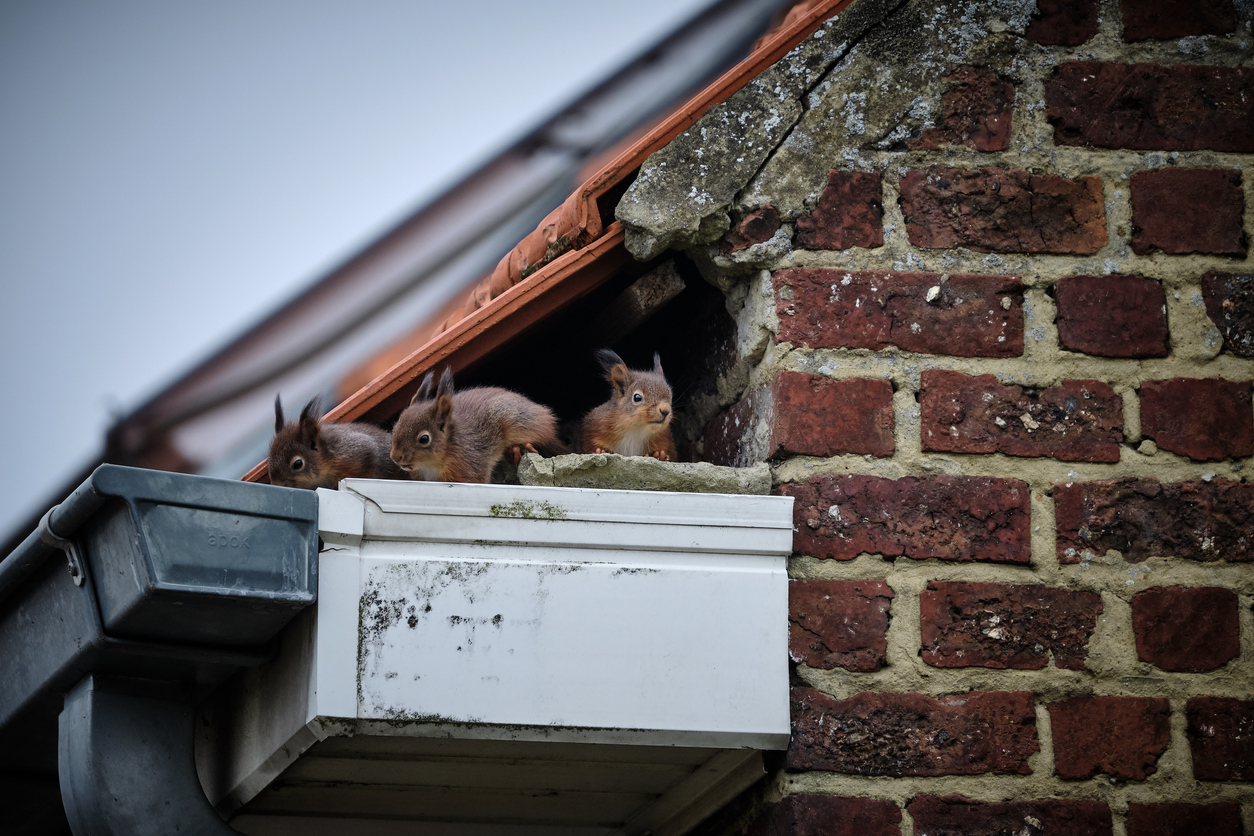There's No Place Like "Your" Home For Furry Pests
Nader’s Pest Raiders Shares Tips to Keep Wildlife in the Wild

As people across our area are settling in to brave the cold months ahead, there are also many unwanted guests eager to enjoy the cozy comforts of home. Local wildlife such as squirrels, roof rats and even raccoons are seeking food and shelter to survive the winter and it’s important for homeowners to know the telltale signs of these pesky and persistent intruders. Wildlife can cause real damage while nesting and can also spread bacteria and transmit diseases. Unusual noises in the attic or droppings found in pantries, along baseboards or in attics are all signs that furry pests may have moved in. To help homeowners combat this issue, Nader’s Pest Raiders, a local pest, termite and wildlife control company has prepared a list of the most common wildlife looking for a home this winter and tips to keep them outside where they belong.
Roof Rats: Roof rats were not even found in many southern states 20 years ago, but they are now one of the most frequent home invaders. Typically, tree dwellers, roof rats look for high places to nest inside structures including soffits and attics to survive the winter. Like all rodents, they reproduce very quickly, making them nearly impossible to control without the help of a professional.
Squirrels: Both gray and flying squirrels are known to seek shelter in attics, exterior walls and even between floors using insulation as nesting material. In addition to the damage their chewing and nesting can cause, squirrels can be carriers of fleas and other unwanted organisms that can infest the entire home once brought inside.
Raccoons: These masked bandits live in a constant search for food and shelter. They use their very adept hands to open garbage cans, remove siding and even tear off shingles. Categorized as an extremely dangerous and destructive pest, raccoons can cause structural damage to a home and infest living spaces with fleas and parasites. They are also known to carry rabies.
“We see an increase in calls related to wildlife infestations every fall,” said Nader’s Pest Expert Charlie Jones. “Much like humans, these pests crave food, warmth and shelter which drives them into homes when the temperature drops.”
To help prevent furry intruders from entering homes, Nader’s Pest Raiders recommends the following tips:
- Seal all exterior cracks and holes, including along the roofline, around the chimney and areas where utilities and pipes enter the home;
- Use plastic boxes and containers with seal-tight lids for storage, keep them off the floor and organize items to prevent wildlife from residing in undisturbed areas of the house, garage, basement and attic;
- Keep outside cooking areas and grills clean;
- Keep bird feeders away from the house and use squirrel guards to limit access to the feeder;
- Do not leave pet food or water bowls out overnight; and
- Use a thick plastic or metal garbage can with a tight lid – and keep it sealed at all times.






 YouTube
YouTube Facebook
Facebook Twitter
Twitter